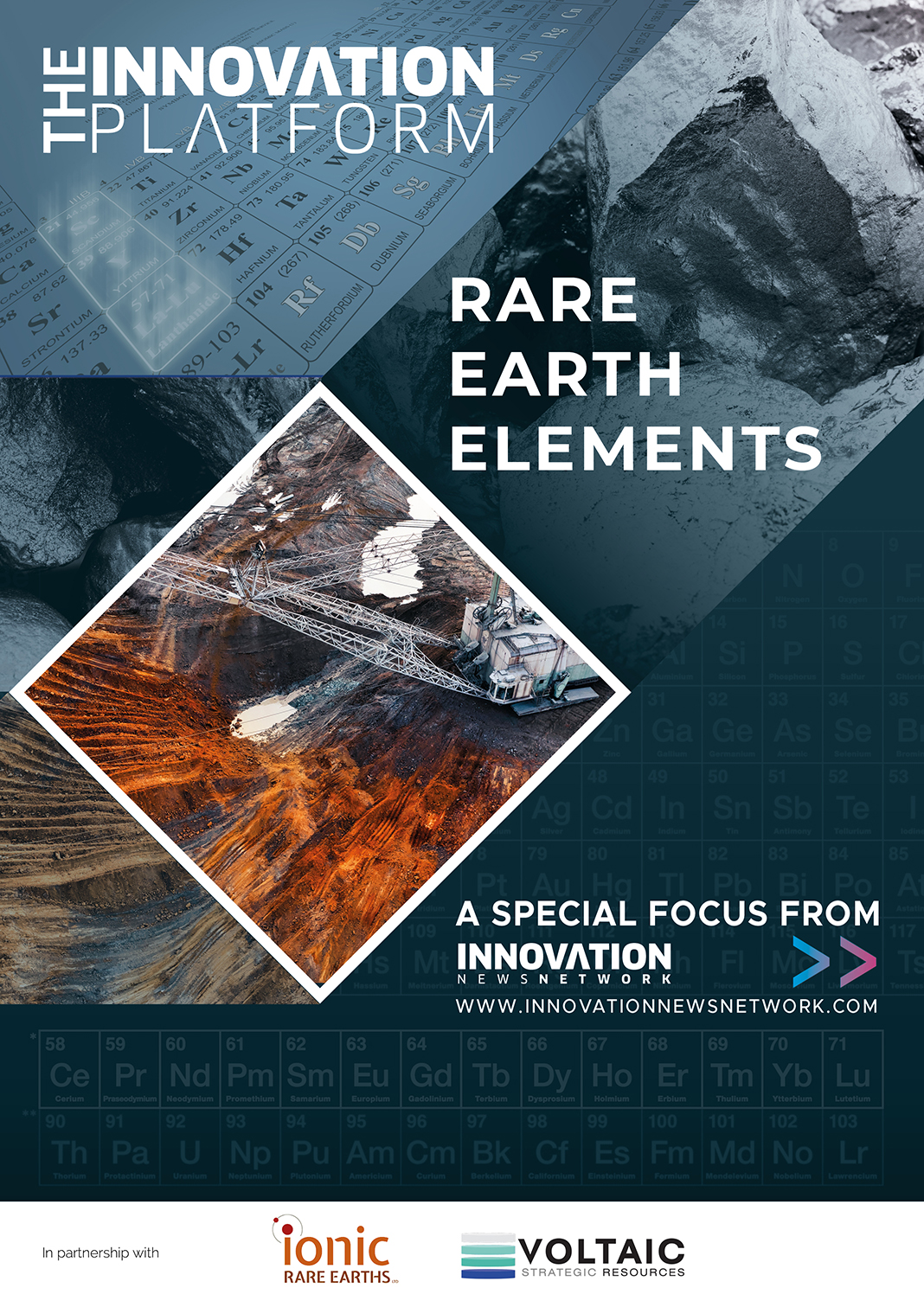This eBook, featuring insights from key experts in the sector, explains why the Western world must secure a sustainable supply of rare earth elements and how companies are assisting in this endeavour.
To limit global warming, countries around the globe must cut fossil fuel use and transition to renewable energy sources. For as many sectors as possible to partake in this electrified transition, huge numbers of wind turbines, electric vehicles, energy storage technologies, and solar panels will be required. For these to be manufactured in tandem with rising demand, a growing amount of rare earth elements are required.
Demand for rare earths is rising
Rare earth elements are a group of 17 chemical elements used in the manufacture of technologies where weight is a limiting factor. Demand for these metals is expected to grow by 400-600% over the next few decades for the facilitation of the global energy transition.
This is a problem for the Western world, as China controls 90% of the rare earth market, rendering supply chains vulnerable and susceptible to disruption. Recently, in response to the US’ decision to restrict exports of high-end semi-conductors to Beijing, China has threatened an export ban on rare earth elements – highlighting the importance of the West securing a domestic supply of these essential metals.
With contributions from vital players in the rare earths sector, this eBook will highlight the significance of rare earth elements for the green energy transition and the importance of Western countries supplying their own sustainable supply chains of rare earths.
What to expect in this eBook
One company that is assisting in this endeavour is Ionic Rare Earths, who is making strides in securing a sustainable magnet and heavy rare earths supply chain for Western customers. The company’s flagship Makuutu Rare Earths Project, located in Uganda, stands out from the crowd of rare earth projects, and has the potential to be a future supplier of rare earths.
Australia-listed public company Voltaic Strategic Resources Limited also has great potential to produce rare earth elements. Located in the Gascoyne region of Western Australia, the company’s Paddys Well Project is characterised by significant rare earth element mineralisation.
Elsewhere in the eBook, Patrik Schumacher from the REEsilience project discusses how the project is working on ways to build a sustainable and resilient supply chain for rare earth magnets, which are indispensable for renewable energy technologies and electric vehicles. Building on this, in an interview with Digital Editor Megan Traviss, Dr Nabeel Mancheri, Secretary General at REIA, outlines the importance of a sustainable global rare earth supply chain and explains how the EU’s Raw Materials Act will facilitate this.
Alternative sources of extracting rare earths are also discussed. In this eBook, researchers from the Technical University of Munich and the University of Applied Sciences highlight the potential of biosorption as a promising eco-friendly alternative to conventional REE recovery methods. In addition, Jeff Townsend, Founder & CEO, and Olimpia Pilch, Founder & COO of the Critical Minerals International Alliance, describe the race for securing an alternative rare earth supply chain.
Rare earth elements are essential for the global transition to clean energy; thus, a sustainable supply chain must be secured in the West to ensure that this is able to occur. Western countries must remove their reliance on China to ensure that they are not vulnerable to supply chain disruption, which will put this vital transition in jeopardy.


